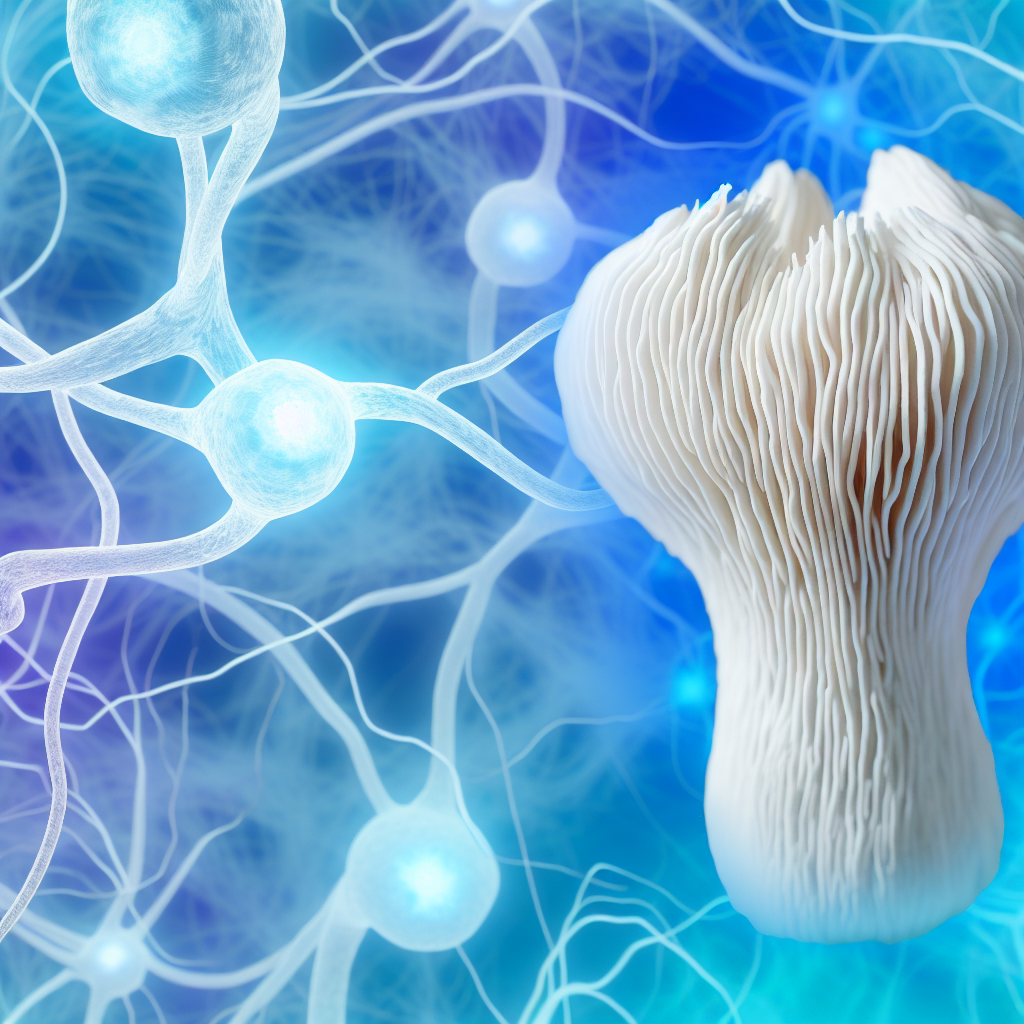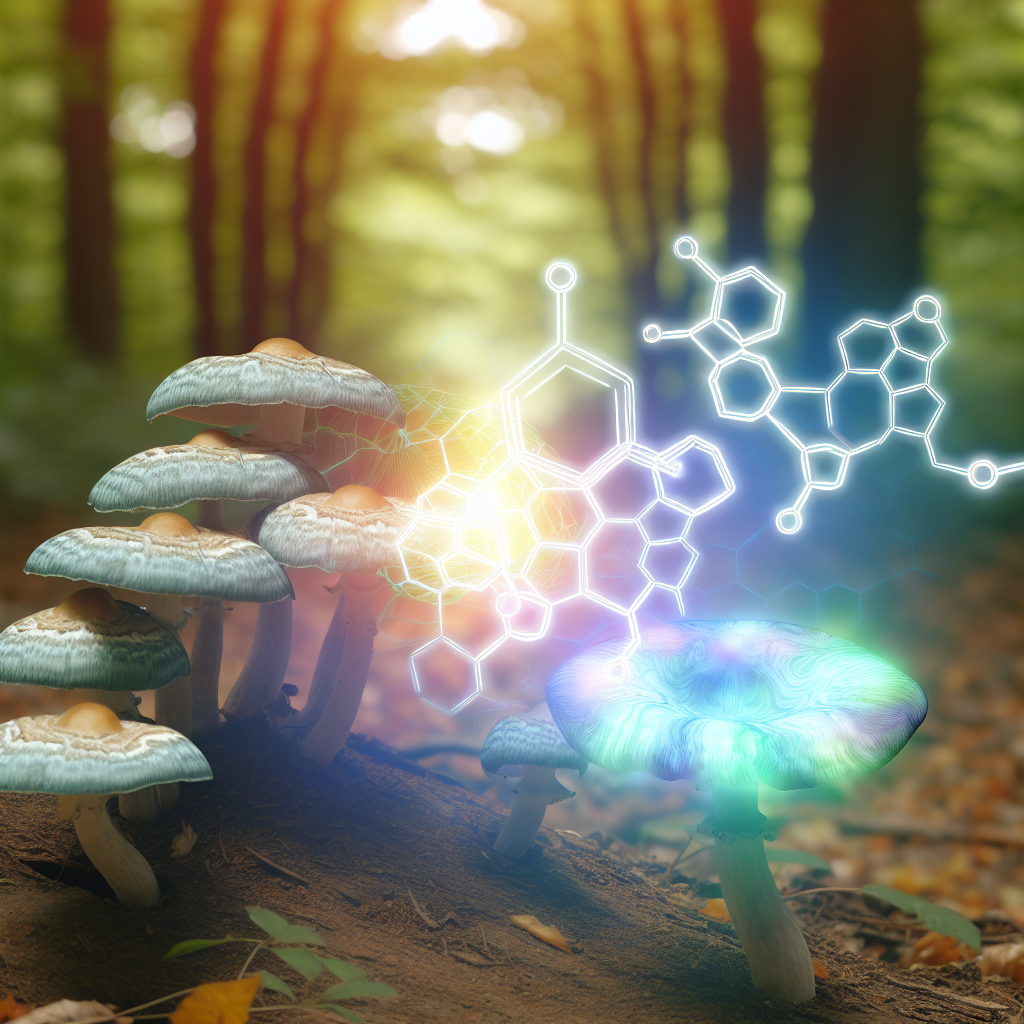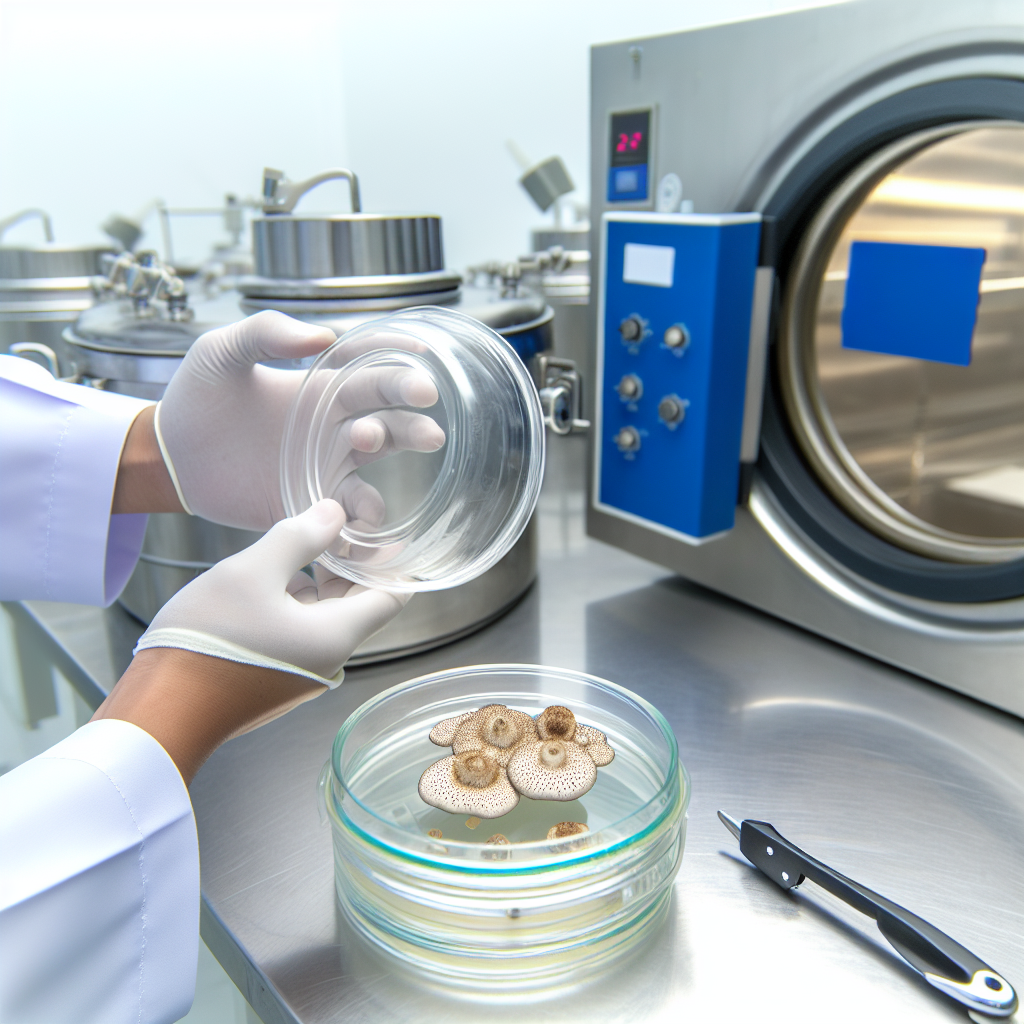Lion’s Mane Neuroregeneration: Latest Research on Nerve Repair
Introduction
Lion’s Mane mushroom (Hericium erinaceus) is rapidly gaining clinical and commercial recognition in the world of integrative medicine for its promising neuroregenerative properties. Traditionally used in Chinese and Japanese medicine for gastrointestinal and immune system support, emerging research is now highlighting its ability to stimulate nerve growth factor (NGF) and promote neural repair. With the global rise in neurodegenerative diseases such as Alzheimer’s, Parkinson’s, and peripheral neuropathy, natural compounds like Lion’s Mane are under investigation as alternative methods to help slow or potentially reverse neural decline.
Structurally, the mushroom is composed of cascading, white, icicle-like spines. Within these structures are compounds known as hericenones and erinacines, the primary bioactive agents believed to stimulate neurogenesis and cognitive enhancement. Crucially, these compounds are capable of crossing the blood-brain barrier, making them highly relevant for treating central nervous system conditions.
As pharmaceutical solutions for cognitive decline often come with adverse side effects and limited outcomes, patients and practitioners alike are seeking more natural, evidence-based alternatives. Lion’s Mane stands out particularly for its dual roles: it enhances both neuroprotection and neurogenesis.
Modern clinical trials are now substantiating long-held traditional beliefs, affirming that this mushroom influences neuroplasticity, NGF production, and overall brain health. Ongoing studies in fields such as neurotrauma, multiple sclerosis (MS), and age-related cognitive decline suggest Lion’s Mane may offer a natural strategy to support and repair the nervous system.
This article offers a comprehensive look at the latest peer-reviewed studies, detailing how Lion’s Mane promotes nerve repair and how it may be used to support long-term neurological health following injury, disease, or age-related degeneration.
Features and Scientific Evidence
One of the most compelling qualities of Lion’s Mane is its capacity to enhance the synthesis of nerve growth factor (NGF), a protein essential for neuronal survival, development, and repair. In 1994, Japanese scientists made a pivotal discovery that Lion’s Mane extracts significantly increased NGF production in cultured astrocytes, establishing a foundation for further investigation.
A landmark 2011 study in the International Journal of Medicinal Mushrooms reported that erinacine A, a compound found in the mushroom’s mycelium, significantly boosted NGF mRNA expression in the hippocampus of animal models. This is significant because the hippocampus regulates memory, learning, and emotion—areas often impaired in Alzheimer’s disease and other forms of dementia.
A notable human trial published in Biomedical Research (2010) featured elderly participants with mild cognitive impairment. The subjects took 250 mg of Lion’s Mane three times daily for 16 weeks. By the end of the study, the Lion’s Mane group exhibited significantly higher cognitive function scores than the placebo group. Importantly, once supplementation stopped, these gains dwindled, emphasizing the need for ongoing intake for continued benefit.
Another 2021 study in Frontiers in Aging Neuroscience investigated Lion’s Mane in a multiple sclerosis (MS) mouse model. The extract demonstrated encouraging effects, including partial remyelination and reduced neuroinflammation. This indicates that Lion’s Mane might help restore damaged myelin sheaths, vital for healthy nerve signaling and function.
Just as importantly, the mushroom’s antioxidant and anti-inflammatory properties were highlighted in a 2013 study in the Journal of Ethnopharmacology. Oxidative stress is a major contributor to age-related neurological degradation. Lion’s Mane’s antioxidant defense mechanisms may protect neurons from free radical damage, offering protection alongside regeneration.
In more recent developments, Lion’s Mane is also being studied for its impact on peripheral nerve repair. A 2020 investigation in the International Journal of Molecular Sciences revealed that rats with sciatic nerve injuries recovered more quickly after treatment with Lion’s Mane extract. Results showed enhanced axonal regrowth and faster restoration of function compared to controls. These findings suggest possible therapeutic use in cases of physical nerve damage and neuropathy recovery strategies.
Conclusion
Lion’s Mane has emerged as more than a traditional remedy—it’s a scientifically backed natural compound with real promise in the realm of neuroregeneration. With nearly three decades of escalating research, its documented ability to increase NGF, repair myelin, reduce neuroinflammation, and aid in peripheral nerve regrowth positions it as a credible adjunct to both pharmaceutical and rehabilitative neurology. Whether you’re seeking brain performance enhancement, age-related cognitive support, or recovery from nerve injuries, Hericium erinaceus could become a pivotal part of future treatments in functional brain health.
References
Summary (100 Words)
Lion’s Mane (Hericium erinaceus) is a medicinal mushroom known for its powerful effects on nerve regeneration and brain health. Backed by clinical and animal studies, it stimulates the production of nerve growth factor (NGF), encourages remyelination in conditions like multiple sclerosis, and supports repair after peripheral nerve injuries. It contains hericenones and erinacines, compounds capable of crossing the blood-brain barrier and triggering neurogenesis. Lion’s Mane also offers antioxidant and anti-inflammatory protection, benefitting those with Alzheimer’s, mild cognitive impairment, or neurotrauma. Emerging as a natural neurotherapeutic option, it holds immense potential as a complement to conventional neurological treatments.

Dominic E. is a passionate filmmaker navigating the exciting intersection of art and science. By day, he delves into the complexities of the human body as a full-time medical writer, meticulously translating intricate medical concepts into accessible and engaging narratives. By night, he explores the boundless realm of cinematic storytelling, crafting narratives that evoke emotion and challenge perspectives. Film Student and Full-time Medical Writer for ContentVendor.com




